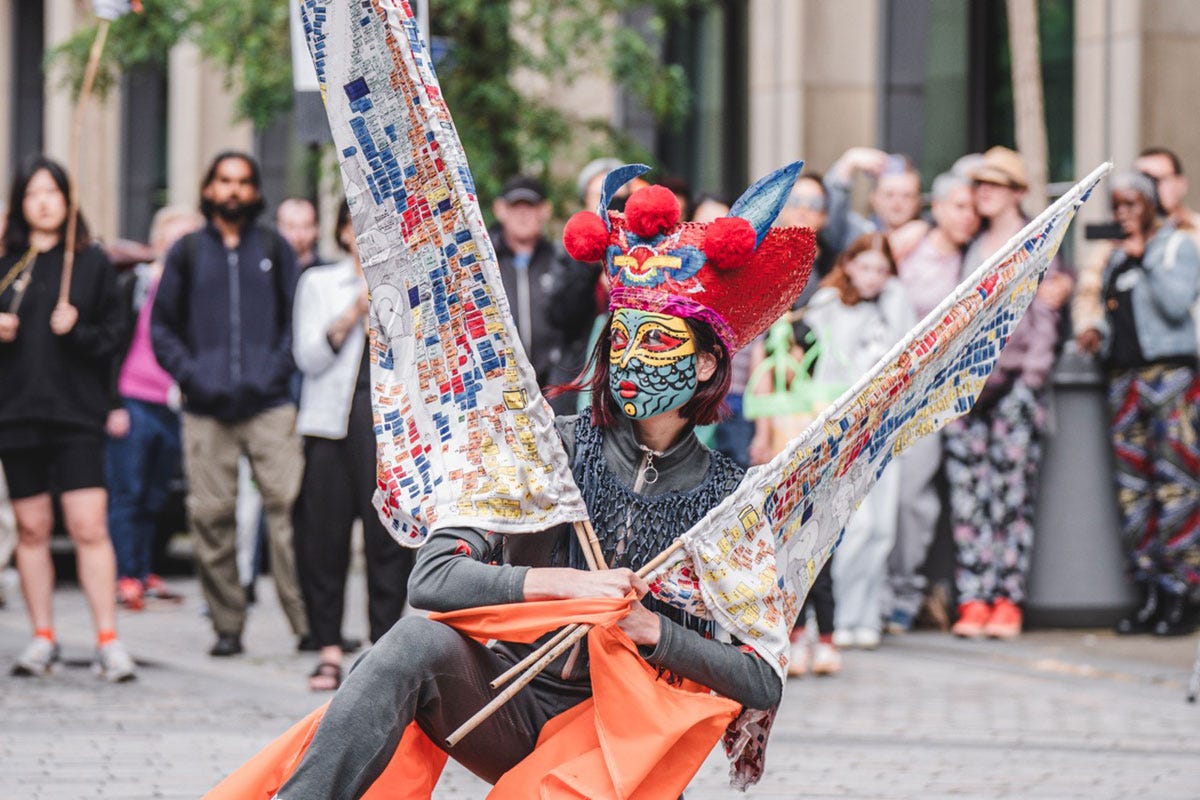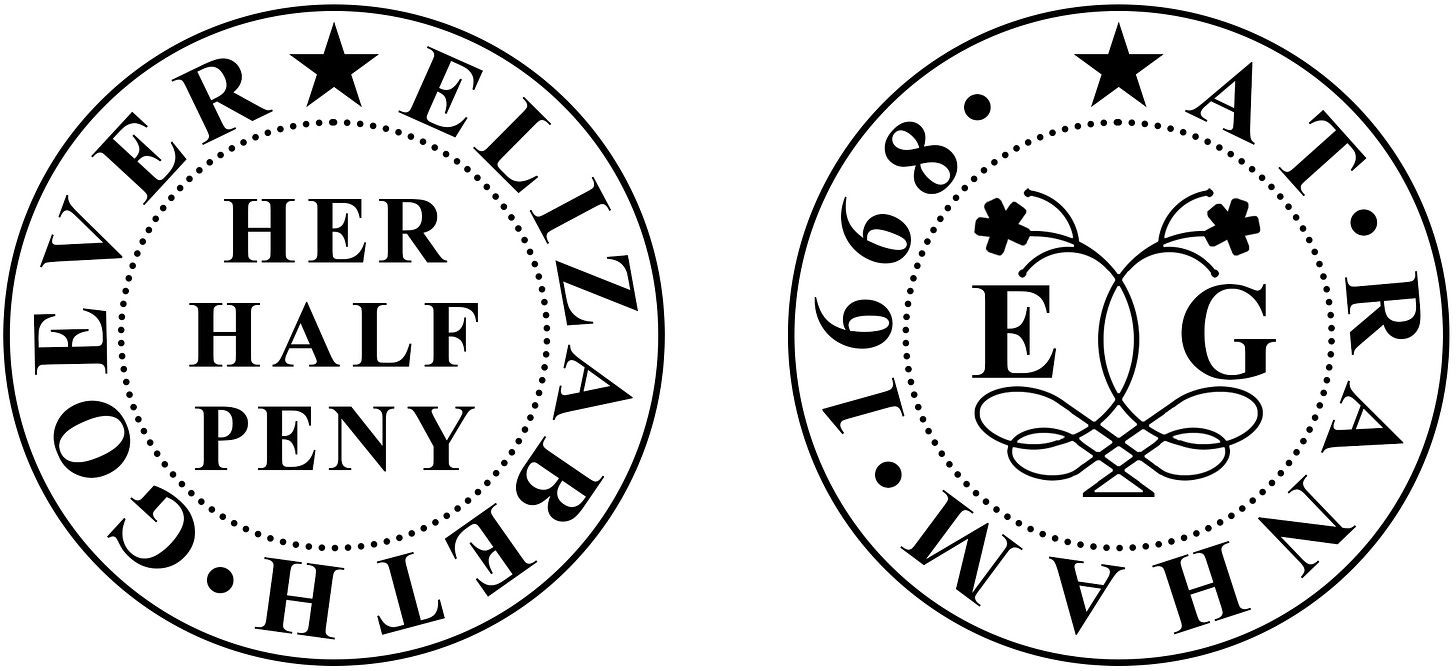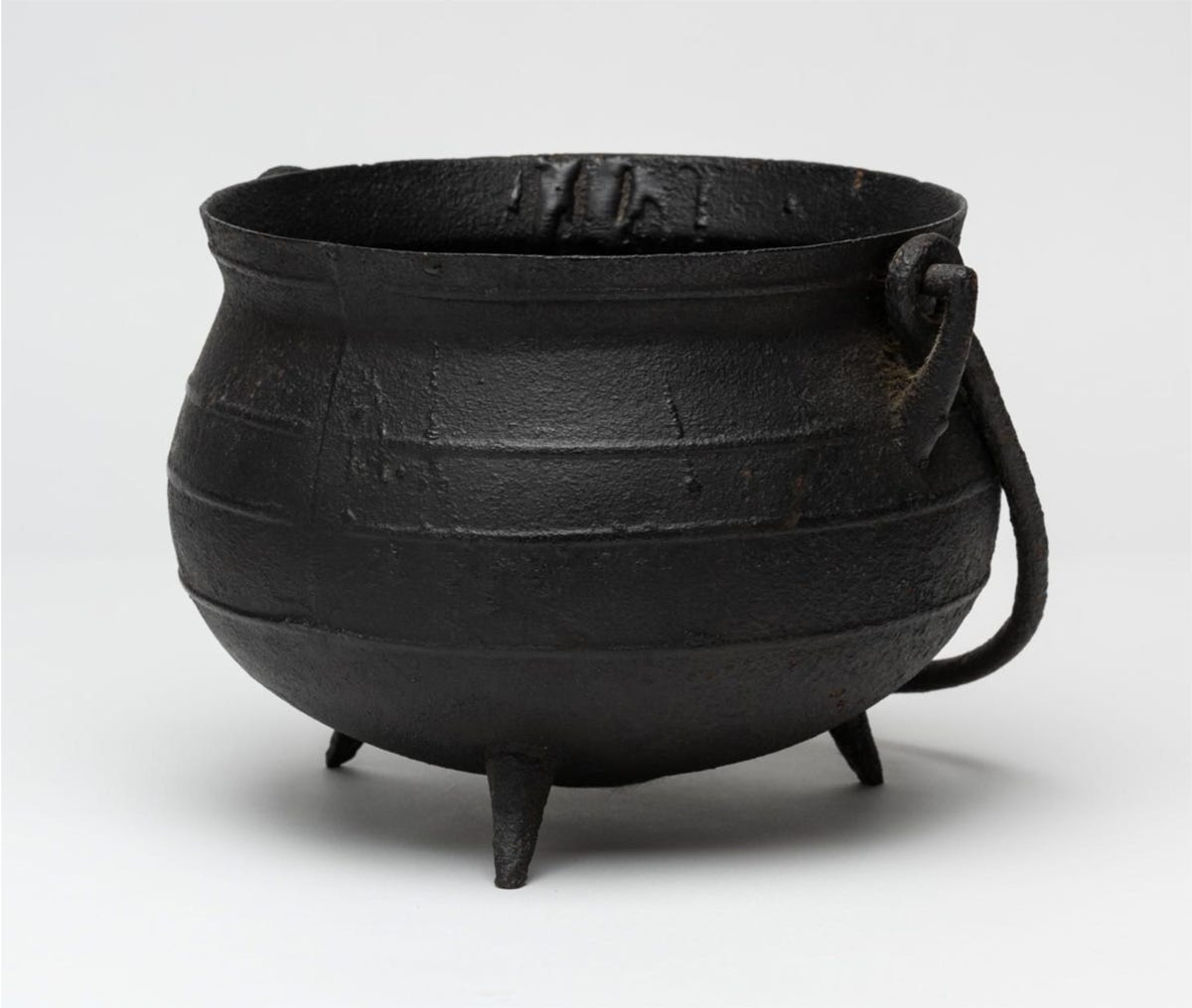The thrilling possibilities of archives, libraries, and museum collections
Something a little different this week: I’m sharing a story I’ve published elsewhere, revisiting a couple of past issues, and celebrating an unusual collection that ticks a lot of my interest boxes.
The breadth of archives depends on who’s doing the recording and what they consider worth keeping. Historically, people of colour have not figured at the top of the priority list.
But, as Alex Rajinder Mason says: “With an artistic sensibility, there’s a lot of potential in the archival gaps. You can draw out a story and speculate what a person’s life might be like through artistic expression.”
Alex is the project manager of Dig Where You Stand, which was conceived by creative director Désirée Reynolds in 2021 during a stint as writer in residence at Sheffield City Archives, born from her frustration at the lack of evidence of black working-class people she found.
The project has brought 14 artists into the archives to explore and expand upon the fragments of records and fleeting mentions of African, Caribbean, East Asian, and South Asian people who made Sheffield their home.
“We wanted to bring as many people of colour into the archive as possible, have each person bring their own sensibility, cultural interest, and expertise. The more people we brought in, the more stories that were likely to be uncovered, and the different ways in which they might be interpreted, leading to a much richer accounting of people that had been in South Yorkshire over hundreds of years,” Alex says.
One of those artists was Eelyn Lee, who is of Hong Kong and English heritage. It was her first time exploring an archive.
“Once you start digging, there’s so much richness there and it takes you on really unexpected journeys. What I discovered was quite a revelation,” she says.
It started with the 1855 entry in a parish register for ‘A. Chow’, a British-born Chinese baby buried in St Paul’s churchyard (which no longer exists). She obtained the child’s death certificate, which featured the father’s name, 德貴 [Teh Kwei aka Tuck Guy] and listed his occupation as magician.
“It was amazing, a line in a register led me to a man’s name written by his own hand, and on to the story of Chinese magicians who toured across this country, Ireland, France. I ended up connecting with an academic in Canada who’s done a lot of research on the topic, and we’ve been sharing information that neither of us previously knew. It’s really exciting.”

The above is an extract from a story I wrote for the Dig Where You Stand project funder’s website (read the full story). It is a fascinating project, and has a nice alignment with the microhistories module I've recently been studying as part of my Public Histories MA. Microhistory is all about building stories from single sources, often revealing underrepresented aspects or characters from history, with the help of a little ‘informed speculation’ to fill the gaps in the archives.
In fact, for my microhistories module essay, I re-examined a topic I’d previously explored in this newsletter: the 17th Century trade token of Elizabeth Goever. With more time and access to better resources – and the confidence to use more of my own (evidence-based) imagination – I was able to paint a fuller picture of the Essex proprietress.

I imagine Elizabeth standing on the doorstep, or perhaps behind the counter, of her business. She turns over a small, shiny disc in her hands; the cold metallic feel of it a contrast against her warm skin. It’s a ha’penny, ‘her half penny’, a personalised trade token to facilitate the small, day-to-day purchases of her customers at a time when official low-denomination coins are in short supply. Does she smile to herself at the sight of it? Does she feel pride? For no one else in her parish has a business essential enough, successful and stable enough, to warrant the commissioning of a trade token, not even a man.
Read the full updated story:
One of the resources I had access to while researching Elizabeth and her token the second time around was The Warburg Institute, a library that’s part of the University of London. I visited to take advantage of its numismatic department – a collection of books about coins, medals, and trade tokens. But after reading an article in The Guardian recently, I’ve realised I need to go back and explore more. What I didn’t know when I was there is that it’s the “home of one of the most important and unusual collections of visual, scientific, and occult material in the world”.
[It is a repository of] global cultural history and the role of images in society, with a dazzling collection ranging from 15th Century books on Islamic astronomy, to tomes on comets and divination, not to mention original paintings used for tarot cards (about which a show opens in January). At least half of the books can’t be found in any other library in the country. […]
There are few other libraries in the world where you might open a drawer of photographs marked ‘Gestures’, to find thematic folders labelled ‘Fleeing’, ‘Flying’, ‘Falling’, along with ‘Denudation of breast’, ‘Grasping the victim’s head’, and ‘Garment raised to eyes (Grief)’. Warburg’s unusual system […] provides a powerful way for artists, writers, and researchers to make unexpected connections and pursue fertile tangents – preceding our world of swiping through hashtags, links, and recommended feeds by a century.
While the library itself is only open to researchers, following its recent refurbishment, it does now have a publicly accessible exhibition space and event programme.
And finally, while we’re on the topic of collections and revisiting past newsletters – you may remember late last year I wrote about a unique cauldron in the collection of the Royal Albert Memorial Museum & Art Gallery (RAMM), which had an exquisite provenance linking it to a specific, named witch (or, charmer, actually).
I, along with one of the museum’s curator’s, speculated that it may be the only cauldron in a UK museum collection that had a named owner. But at the time, without a lot of individual database searching (there are about 1,800 accredited museums in the UK, and maybe as many as 2,500 in total!), we couldn’t say for sure.
Well, it just so happens that the Museum Data Service has recently launched, with the aim of connecting and sharing object records from museums across the UK. At the time of writing, it hosts records of 3,129,798 objects from 21 collections. Among that number are 417 which contain the word ‘cauldron’. When I filter down to records that contain ‘cauldron’ in the ‘object name’ field, it returns 197 results. Among the descriptions of those objects, there is no mention of any of them belonging to a specific person.
Obviously, the data service is still in its early days, and its records far from comprehensive of the whole UK museum ecosystem (and perhaps the short descriptions listed don’t tell the full story of each object), but nevertheless, it adds a little more credence to my above assertion about the uniqueness of the RAMM cauldron.











